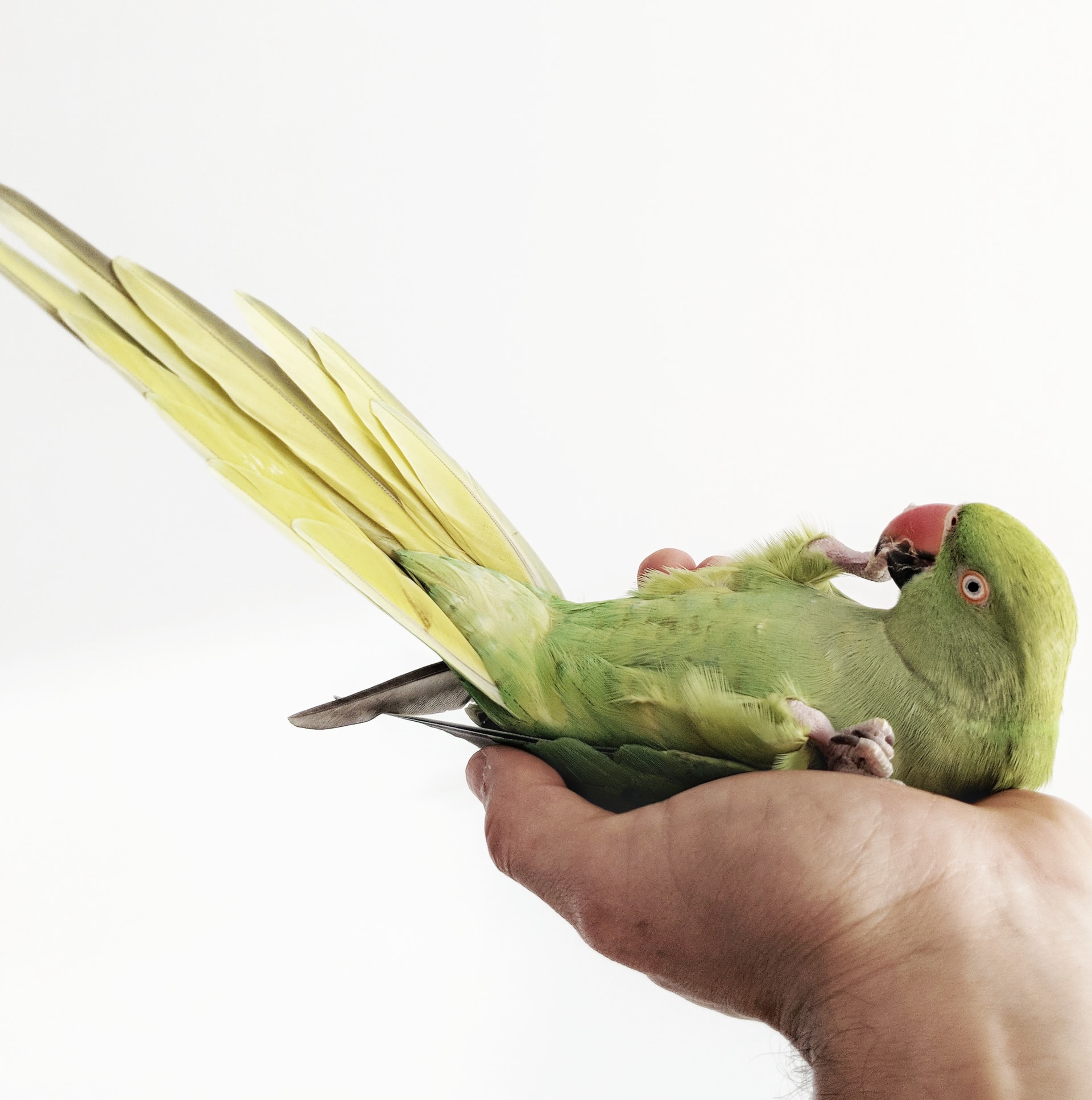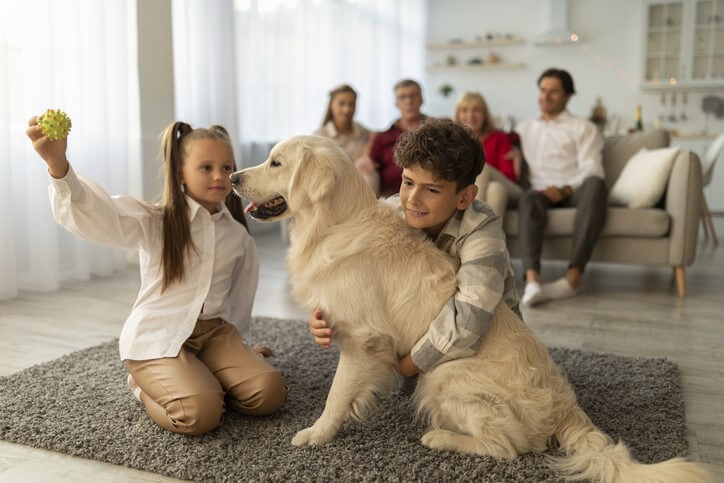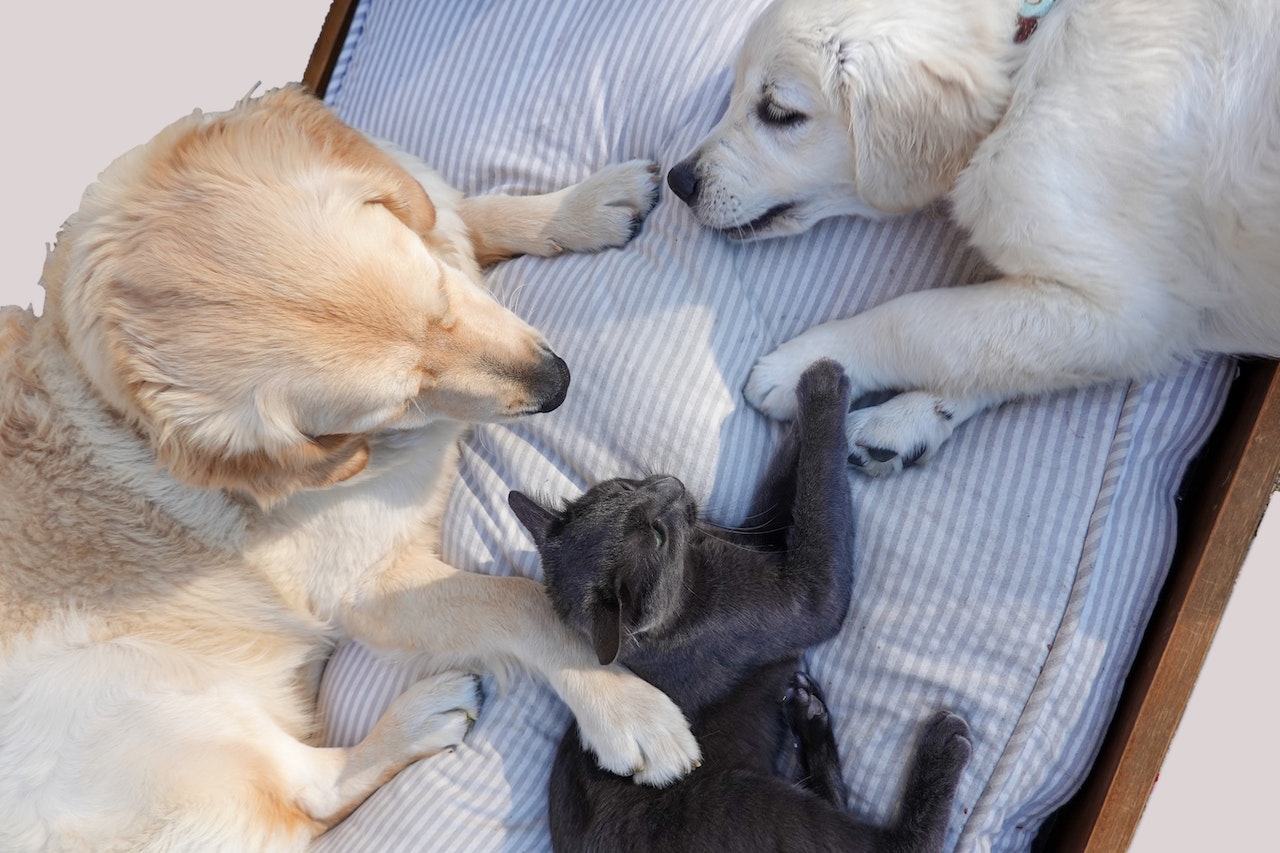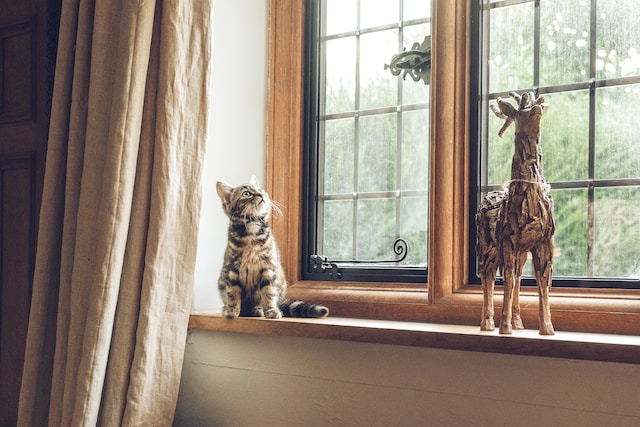*Disclaimer: We advise not to take any extinct species from their natural habitat, if you’re planning to own an uncommon pet, please contact an expert to provide the proper care and home for them; make sure you are aware of the animal protection laws in your state.
If you’re an animal lover, you may be more than just a little eager to open up your home to some less usual pets than are commonly found in households today. Of course, many creatures have specific care needs regarding living space, diet, and routine care. However, when you’re able to meet their needs, you’ll find that many exotic or unusual pets add an excitingly wild dimension to life in your home.
Are exotic pets good for children?
Pets teach responsibility, conservation, patience, and respect for life. Tailor noise levels and beak strength to the age of the child. Very young children enjoy watching budgies, finches and canaries flit about and chirp. By about five years of age, a child is ready to hold, under supervision, a budgie, lovebird, or cockatiel. At about seven or eight, children are capable of feeding and light cage cleaning. Be sure that children wash their hands before and after handling pet birds. Supervision is key!
Locate the cage in area where the bird can observe family activity, yet not be in the middle of a maelstrom. Avoid placing the cage in bedrooms or in the kitchen. Bird dander may exacerbate human allergies, especially in bedrooms. Cooking fumes and cleaning products in the kitchen will be harmful to a bird. Stress is a factor when a bird moves to a new home. Do not over handle, over stimulate or over train the newbie. Allow the bird to adjust to its new environment, and work with it at its own pace.
Do take noise level into consideration. Birds ordinarily begin to chirp at daybreak and may wake sleeping children. A dark cage cover will help the bird to sleep a bit later.
Avian escapes often occur when exterior doors are opened while birds are at liberty in the home. Make it a hard and fast rule that your child’s bird must be safely inside its cage before doors are opened.
-Susan Chamberlain at Long Island Parrot Society
What is the best kind of cage for a rat?
The best cage for pet rats is one that’s as large as you can afford and that is made of wire. The spacing of the bars should be close enough so your rats won’t escape. Avoid cages with rectangular wire mesh to prevent hind-foot twisting injuries. Instead, choose square or longer vertical or horizontal bars. Multi-level cages are great for young and middle-aged rats. Older rats are safest living in one-story cages.
-Jasmine Bachrach at About Pet Rats
How can I know if an exotic pet is legal in my state?
There are four states that allow exotic animals as pets (Alabama, Nevada, North Carolina, and Wisconsin). All other states have some form of legislation either banning or partially banning exotic pets. You can access the full list of state laws regarding exotic pets here.
-Dillon L. at Turtleholic
How do I care for long-tailed lizards?
Long-tailed grass lizards (Takydromus sexlineatus) are one of the most commonly-sold pet lizards in the United States, and are often a staple of chain pet stores. This means that they often come with a cheap price tag. However, just because the animal itself is cheap doesn’t mean that the required equipment is cheap, too. Often, cheaper reptiles require just as much investment as the more expensive ones. Here’s the basics of what you need to know about housing and caring for a pet long-tailed grass lizard:
Size: 10-12″ total length
Life expectancy: 6+ years
Enclosure size: At least 30″L x 12″W x 12″H (20 gallons) for one lizard, preferably front-opening. Larger preferred.
Cohabitation: Optional. Don’t keep males and females together unless you want eggs, and don’t keep males together because they are likely to fight.
Lighting: UVB lamp required. Use a Zoo Med T5 HO 5.0 or Arcadia 6%, half the length of the enclosure. No other brands recommended. Lights should be on for 12 hours/day.
Heating: Provide a basking area of 90-95°F as measured by a digital probe thermometer with the probe on the basking branch. Heating should be provided via low-wattage halogen heat bulb such as Arcadia 50w Halogen Basking Bulb or 50w Exo Terra Halogen Basking Spot. Other side of the enclosure (cool side) should be between 75-85°F. Heating should be turned off at night.
Humidity: Average humidity should be between 70-80%, slightly higher at night and slightly lower during the day. Monitor with a digital probe hygrometer with the probe placed in the middle of the enclosure. Increase humidity by misting thoroughly every morning and evening with a pressure sprayer like the Exo Terra Mister.
Decorations and Enrichment:
- Substrate — Zoo Med ReptiSoil, Zoo Med Eco Earth, Exo Terra Plantation Soil, Lugarti Natural Reptile Bedding
- Climbing objects — branches, vines
- Places to hide — plastic/resin reptile caves, live/artificial foliage (live plants also help maintain humidity!)
Feeding: Insectivorous. Offer live insects daily, such as small crickets, flightless fruit flies, small mealworms, or newborn dubia/discoid roaches. Wax worms can be offered as occasional treats. Offer a variety of insects for best nutrition. All feeder insects should be gutloaded, hydrated, and dusted with a calcium and multivitamin supplement like Repashy Calcium Plus prior to offering.
Handling: Not recommended. These lizards are delicate and very fast, so it’s best to keep these as a look-but-don’t-touch kind of pet. If you want to interact with these lizards, try tong-feeding them.
-Mariah Healey at ReptiFiles
Can my parrot carry contagious diseases?
There are diseases transmitted by inhalation (ornithosis / psittacosis) (Parrots). Pleasure birds (parrots, parakeets), can be vectors of Chlamydophila psitacci, the agent of ornithosis-psittaccosis in humans.
Most often, the infection is unrecognized in animals. In the event of symptoms, there are three forms in the bird: suracute (rapid death); acute (depression, weight loss, respiratory disorders, diarrhea, nervous disorders preceding death), or more or less apparent (subtle respiratory signs, conjunctivitis, decreased fertility). In humans, there are also three possible forms: conjunctivitis accompanied by severe headaches; respiratory form resembling the flu with often slow convalescence, and the possibility of relapses and heart complications; generalized or septicaemic form with cardiac, neurological, hepatic, pulmonary, or renal signs.
The usual mode of contagion by these animals is essentially aerial (virulent dust), more rarely direct, during the handling of birds or cages. The disinfection of the premises by aerosols, and the reduction in the number of birds are possible measures to consider in the prevention of this disease. Try to avoid inhaling air that could be contaminated with bird droppings. This largely prevents getting psittacosis, also called parrot disease. This preventive measure appears in the new investigation report from Mensura and the Health and Care Agency. The report also stresses that continuous monitoring is essential. In addition, treatment of birds, isolation, administration of antibiotics, and detailed laboratory analyzes are essential steps in the control of the disease.
Another relatively rare disease that birds can transmit to humans and which can have serious consequences is psittacosis. re are 8 things to watch out for in the fight against:
- Psittacosis occurs in many varieties of domestic and wild birds. The parrot family is therefore not the only one capable of transmitting the disease. Cases of contamination have already been reported with pigeons, ducks, turkeys, and raptors.
- A bird that is not sick and showing no symptoms can still be a carrier of the disease. It then develops when its defenses decrease, for example in the event of health problems.
- Psittacosis is caused by the bacteria chlamydophilia psittaci. It can survive for months in even parched bird droppings.
- Contamination occurs through contact with a sick bird or with dried droppings.
- The incubation period lasts from 10 days to 2 weeks. Symptoms vary from a simple cold to a high fever, chills, headache, and muscle pain in the neck and back.
- There is no vaccine against psittacosis, nor drugs to prevent its onset. The condition is caused by bacteria and therefore needs to be treated with antibiotics.
Prevention against psittacosis
General :
- Adapt your prevention measures to the risks. The duration of exposure and the intensity of contact with bird droppings are different for caretakers or individuals who own birds and for visitors.
For bird keepers and owners:
- Provide sufficient ventilation when cleaning cages.
- Use a spray bottle to moisten the floor before cleaning the cage.
- Avoid breathing dust as much as possible. Use a mask.
- Avoid contact with sick birds and their droppings. To do this, wear gloves, protective clothing, and a mask.
- Call a veterinarian in the event of illness or sudden death of certain birds.
- Use great caution when new exotic birds arrive.
Specifically for employers:
- Take care to ensure adequate information, procedures, training, and supervision. Provide the necessary personal protective equipment. Take care of health surveillance.
Ensure prompt treatment so that treatment can begin as soon as possible.
-Sarah at African Grey Parrot
What should people consider before getting a chinchilla as a pet?
It is a large commitment to keep a chinchilla as a pet – both in terms of the amount of care that is needed and in terms of how long the care will last. With the right care, chinchillas may live up to 15-20 years, so owners must decide if they are willing to invest the time, money, space, and effort to take care of them for such a long period.
In order to make an informed decision about the best care practices for chinchillas, owners should carry out thorough research from credible sources, such as breeders, care experts, and exotic veterinarians, and use critical thinking when evaluating these sources.
Furthermore, owners also need to determine whether a chinchilla’s personality will fit with what they are looking for in a pet. Since chinchillas are neither as affectionate as cats or dogs, nor are they able to play in the same manner as them.
In the event that owners already have a pet, they should need to decide whether they are willing to take the precautions necessary to ensure that both the existing pet and the chinchilla are safe together.
If you decide the above considerations are things you are willing to take on, a chinchilla will be a wonderful pet for you.
-Josh Paulson at Quality Cage




